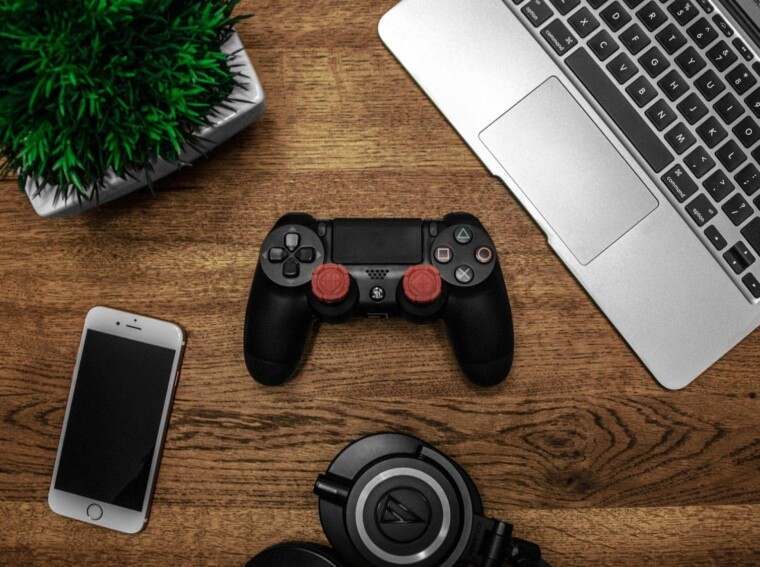Great game assets are the heartbeat of any immersive world. They shape the mood before a single line of dialogue is spoken, hint at backstories without a word, and guide players deeper into the setting without them even realizing it.
The catch is that crafting every texture, prop, or environment piece from the ground up can swallow weeks of production time, something most teams can’t spare.
The good news is that modern tools now let developers create professional-grade assets in a fraction of the time, keeping the visual quality high while freeing up bandwidth for everything else that makes a game shine.
Start with a Clear Asset Plan
Before opening any design software, know exactly what you’re making. Break assets into categories (characters, props, UI elements, environments) and nail down style guidelines for each. Having a clear map at the start means every piece will fit the same visual language, and you won’t waste hours creating things you’ll never use.
This is where a game asset generator can be a game-changer. With the right settings, you can produce a batch of base models in your chosen style, then fine-tune them rather than starting from nothing. It’s an efficient way to build a cohesive library that’s ready to drop into the project.
Match Assets to Gameplay Needs
An asset might look incredible on its own, but still fail in-game if it doesn’t match how players will see or use it. A first-person shooter demands different visual priorities than a top-down strategy game. Think about camera angles, screen size, and how quickly the player needs to read what’s on screen.
Clarity in visual design can directly impact player performance and is key in going from casual to competitive gamer. In competitive modes, especially, assets need to be both readable and optimized for fast decision-making.
Use Textures and Lighting for Realism

Even a simple model can take on a sense of life when the materials and lighting feel believable. Metal should catch and reflect light in sharp, distinct highlights, while fabric diffuses it softly. Weathered wood ought to show uneven absorption, with darker grooves and lighter worn edges that feel almost touchable.
This is where textures do the heavy lifting. They give the form its personality.
Most modern tools make it easy to adjust textures without altering the base model. You can scale patterns to fit proportionally, rotate them for a better grain direction, or swap them out entirely to test different looks.
Once the materials are dialed in, check how the asset reacts under various lighting setups, from the warm glow of a torch-lit hall to the cold, flat light of an overcast sky. A model that holds up across multiple environments will feel integrated into the game world, no matter where the player encounters it.
Keep Performance in Check
A stunning model loses its charm the moment it starts dropping frames. High-poly meshes, huge texture files, and complex shaders might look great in a still image, but in VR or mobile games, they can bring everything to a crawl. Performance issues don’t just frustrate players. It can break the player’s immersion completely.
This is where smart optimization earns its keep. Use normal maps to give the illusion of detail without modeling every tiny bump. Bake lighting into textures instead of relying on costly real-time calculations.
Create multiple LOD (level of detail) versions so the game can load lightweight models when they’re far away, saving the heavy detail for close-ups.
Even small adjustments like reducing texture resolution where it won’t be noticed can free up resources for other effects that matter more. The goal is smooth, consistent frame rates so the experience stays seamless from start to finish.
Design for Flexibility and Reuse
The most valuable assets are the ones that can do double (or triple) duty. A well-made modular environment kit, for example, can be reconfigured to create entirely different spaces by swapping textures, changing props, or rearranging pieces.
This keeps the visual style tight while slashing the time and cost of building new levels. Flexibility also means thinking beyond the game. A single asset can find its way into cinematic trailers, social media teasers, or even promotional merchandise.
The more versatile the design, the more mileage you get from your work, and the more cohesive your game’s world will feel across every platform where players encounter it.
Make Assets Part of the Player Experience
The best game worlds are the ones that feel alive. A worn poster on a wall might hint at the world’s history, while a discarded item in a hallway could lead curious players to a hidden quest. Details like these turn a level into a living space.
The right design choices don’t just decorate, they level up the gaming experience, shape how the player feels, and engage with the world. Thoughtful asset creation is one of the most powerful ways to make that happen.

